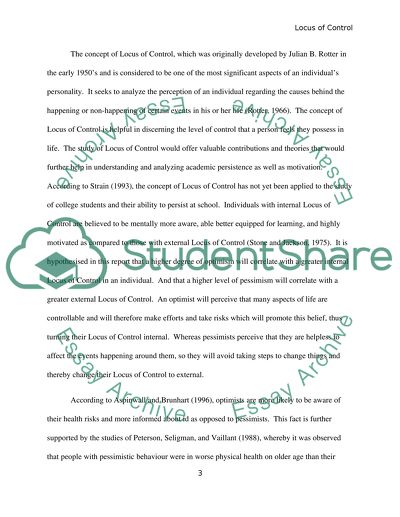Cite this document
(“Locus of Control Essay Example | Topics and Well Written Essays - 2500 words”, n.d.)
Locus of Control Essay Example | Topics and Well Written Essays - 2500 words. Retrieved from https://studentshare.org/miscellaneous/1530809-locus-of-control
Locus of Control Essay Example | Topics and Well Written Essays - 2500 words. Retrieved from https://studentshare.org/miscellaneous/1530809-locus-of-control
(Locus of Control Essay Example | Topics and Well Written Essays - 2500 Words)
Locus of Control Essay Example | Topics and Well Written Essays - 2500 Words. https://studentshare.org/miscellaneous/1530809-locus-of-control.
Locus of Control Essay Example | Topics and Well Written Essays - 2500 Words. https://studentshare.org/miscellaneous/1530809-locus-of-control.
“Locus of Control Essay Example | Topics and Well Written Essays - 2500 Words”, n.d. https://studentshare.org/miscellaneous/1530809-locus-of-control.


